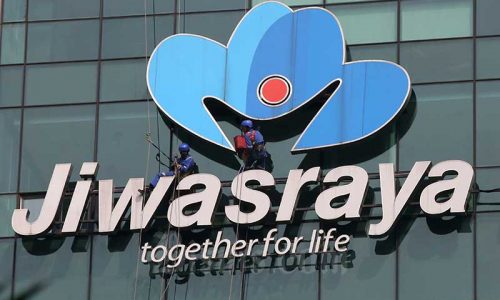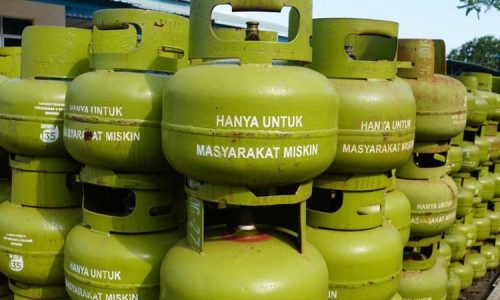Coastal, inland and small island communities in mainland area of Central Halmahera Regency, North Maluku are threatened with eviction, expulsion from their home areas, forced to accept relocation due to the development of National Strategic Project, while others are threatened by ecosystem destruction due to massive development.
In late July 2024, Central Halmahera Regency experienced the worst flooding in recent years, causing huge losses to residents as road access was cut off, houses were submerged in water and 1,726 people were displaced, and one life was lost.
The Disaster Mitigation Agency (BPBD) of North Maluku Province recorded seven villages affected by the flood. Further investigation showed that deforestation in the mining concession area at the ecological boundary reached 7,167 hectares. This also proves that the driving factor of deforestation in the last 10 years in the flood-affected watershed area is nickel mining, an NGO activist says.
The Central Halmahera region is burdened by 26 mining concessions totalling 57,627 hectares. Of these licenses, 20 are production operation licenses for nickel commodity. In addition, there are two nickel mining concessions that are still in the auction stage. This condition is further burdened by the presence of the National Strategic Project Indonesia Weda Bay Industrial Park (IWIP). The expansion of the IWIP industrial area continues and leads to massive forest demolition, both for the expansion of the IWIP area and nickel mining around the IWIP location.
“Spatial analysis shows that from 2013 to 2023, forest loss in the watershed area, which is the unity of the ecological area between flood-affected villages, IWIP, and mining companies, reached 10,803 hectares. This situation has increased the pressure on the environment in the Central Halmahera region,” Pius Ginting, Coordinator of Ecological Action and People’s Emancipation (AEER), told a public discussion on “Nickel Mining Production Level in Central Halmahera and Ecological Support & Capacity” in Jakarta on Wednesday, August 28, 2024.
He added that nickel mining activities also create high sedimentation rate characterized by turbidity of river water, which reduces the capacity of the river. This is the perfect combination to create a flood disaster, namely high rainfall, reduction of forest ecosystems as hydrological regulators, and river siltation.
It is stipulated in the North Maluku Provincial Disaster Risk Assessment document that Central Halmahera Regency has a high flood hazard potential class, reaching 16,290 hectares. This disaster study should be one of the important considerations for development program in Central Halmahera, including the implementation of land-intensive nickel downstreaming.
Pius emphasized that nickel restrictions are needed in accordance with the carrying capacity of renewable energy. Climate change in Central Halmahera has an impact of a long dry season that coal fired power plant’s dust worsens the health of residents.
“Coal fired power plants needs to be terminated, while new construction of such power plants needs to stop and be replaced with renewable energy sources,” he said.
Another speaker in the discussion, Abubakar Yasin, Head of the Planning and Capacity Division of the Central Halmahera Environment Agency, recognizes the gap between environmental conditions and investment capabilities. He highlights the massive population growth and its impact on waste disposal. In addition, the very high rainfall in July 2024, which exceeded the standard rainfall in Central Halmahera, was one of the causes of the flash flood.
According to Abubakar, of the seven major mining companies in Central Halmahera, only five are supervised. He admitted that waste plunging into the river that is not managed properly will affect the quality of the river. But the presence of investment cannot be rejected, especially if it is from the central government.
He stressed that the local government has not been silent and is still doing something even though it is not optimum.
Coordinator for Commercial Relations, the Ministry of Energy and Mineral Resources, Christo A. Sianturi, said that the purpose of nickel mining investment is generally for the welfare of the community.
“There is certainly monitoring and supervision prior to approving the Mining Business Permit (IUP) application,” Christo said, while citing that the community was involved in the preparation of programs, particularly those living next to the mining area.









